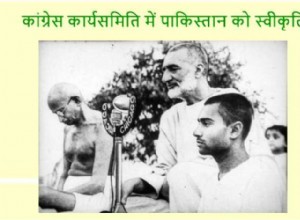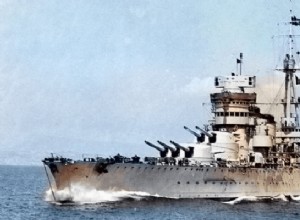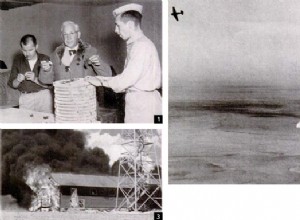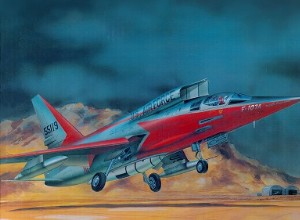The Congress Working Committee met on 3 June 1947 in which the Mountbatten plan was accepted. In the meeting, it was described as a temporary solution and it was hoped that when the storm of hatred subsides, Indias problems will be looked at with the right perspective and then this false theory of t




